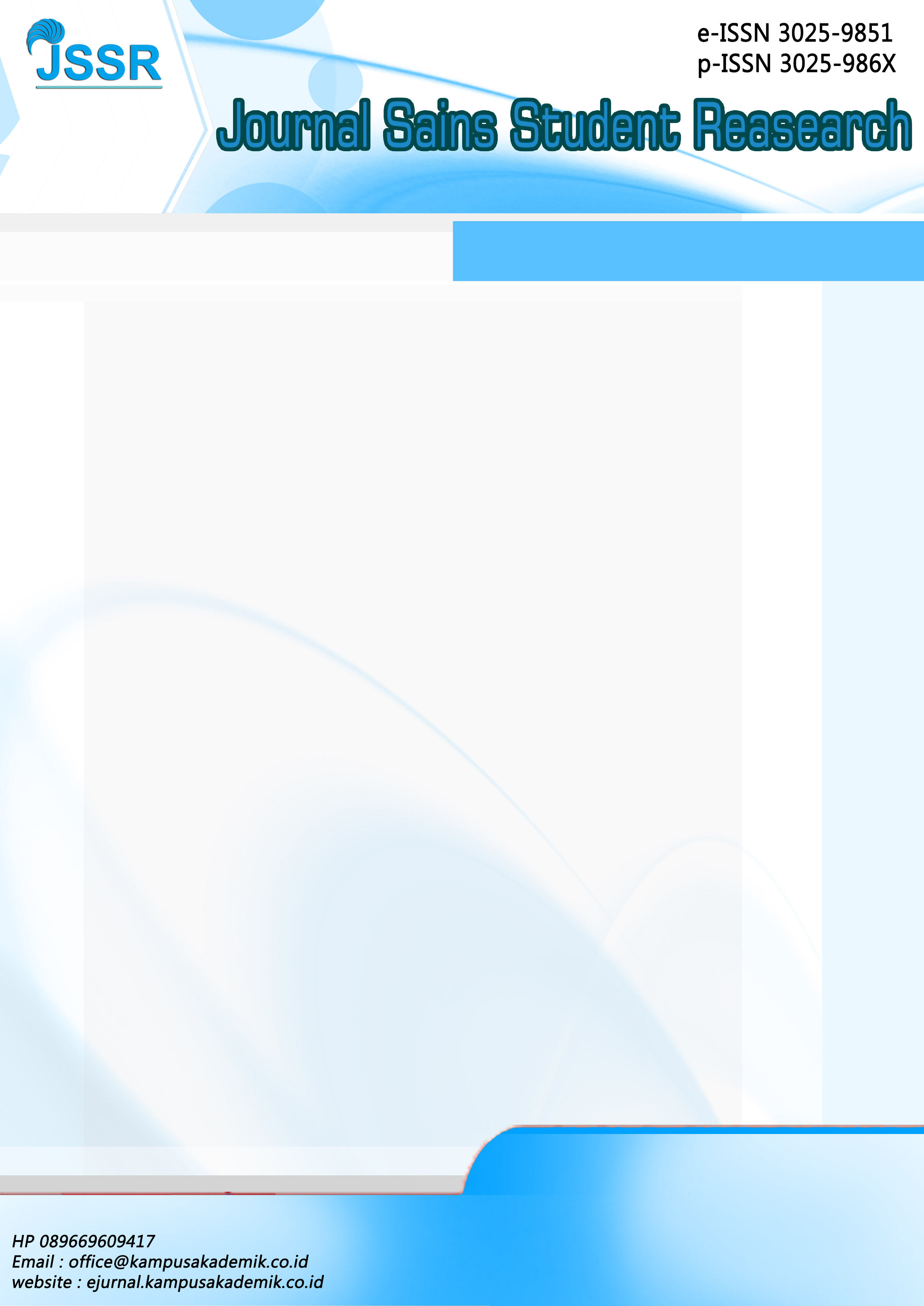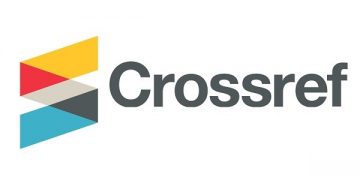MENINGKATAN GAYA BELAJAR SISWA PADA KELAS VII DI MTs AL-HIKAM JATIREJO DIWEK JOMBANG MELALUI MANAJEMEN KURIKULUM MERDEKA
DOI:
https://doi.org/10.61722/jssr.v2i4.2061Keywords:
Curriculum Management, Independent Curriculum, Student Learning StyleAbstract
By giving students the opportunity to freely pursue their interests and talents, an autonomous curriculum helps increase their learning motivation. Students are allowed to pursue their own interests and abilities. This encourages student creativity and will emerge under the teacher's direction. Educators also need to be able to make creative learning plans for their students. Together, teacher and student learning will produce a more dynamic and beneficial learning environment for both parties under the concept of an autonomous curriculum. The aim of this research is to find out in more detail how independent curriculum management improves the learning preferences of seventh grade students at MTs Al-Hikam Jatirejo Diwek Jombang.There are three things analyzed in this research, namely: 1) How is the development of the Independent Curriculum Management for class VII MTs Al Hikam? 2) How can the learning styles of class VII students at MTs Al Hikam improve? 3) How can Independent Curriculum Management improve the learning preferences of MTs Al Hikam class VII students? With the school principal, curriculum support teachers, and students as research objects, the method used is a qualitative descriptive approach. collect material from primary and secondary sources to create real evidence as additional research. Three methods were used: documentation procedures, interviews, and observation. After collecting and comparing data, conclusions will be drawn.According to research findings, developing a strong will and spirit, recognizing one's freedom to express one's opinions, and letting go of fear are all necessary for independent curriculum management. It is hoped that each of them will mature and develop according to their capacity. Next, they organize students according to their needs, interests and talents to make learning fun, taking into account their diverse learning styles. In addition to receiving information in one direction, students are now expected to actively participate in class debates, group projects, and other activities that require their initiative and creativity.
References
Sista & Taufiq Rizki, “Impelemtasi Manajemen Kurikulum dalam Meningkatkan Mutu Pendidikan”, Educan: Jurnal Pendidikan Islam, 1.1, (2017): 23.
Suharni, “Manajemen Kurikulum pada PAUD As-Sakinah, Rumbai, Pekanbaru”, Pernik:Jurnal Pendidikan Anak Usia Dini,1.1, (2019): 26.
Nasbi Ibrahim. "Manajemen kurikulum: Sebuah kajian teoritis." Idaarah: Jurnal Manajemen Pendidikan 1.2, 2017. 319
Dian Permata, et. al, Pembelajaran Blended Learning: Model Case Based Learning pada Implementasi Kurikulum Merdeka, (Magetan: CV. AE Media Grafika, 2022), 49.
Slavin Robert E, Psikologi Pendidikan; Teori dan Praktik, (Jakarta: PT Indeks, 2011), 126. 9
Sugihartono, Psikologi Pendidikan, (Jakarta: Bumi Askara, 2007), 53
Sugiyono, Metode Penelitian Pendidikan (Pendekatan Kuantitatif, Kualitatif dan R&D), (Bandung: Alfabeta, 2015), 15
Downloads
Published
Issue
Section
License
Copyright (c) 2024 JOURNAL SAINS STUDENT RESEARCH

This work is licensed under a Creative Commons Attribution-ShareAlike 4.0 International License.













